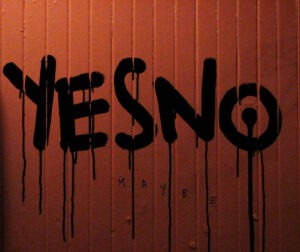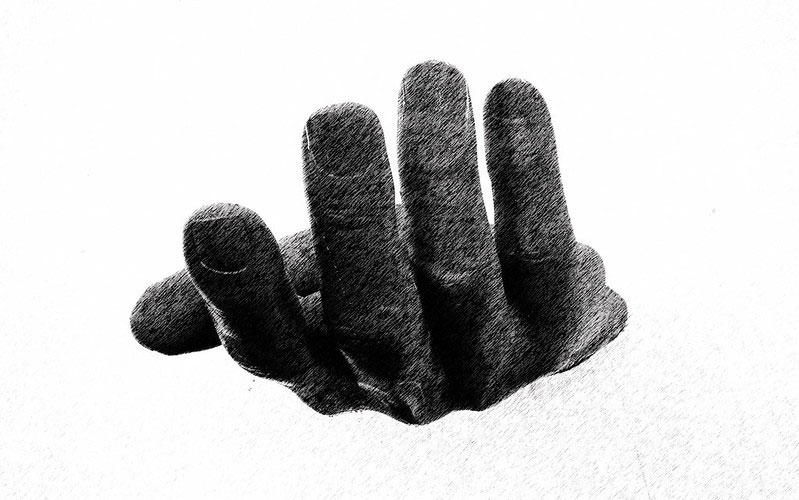NPQ has a column by a guy who calls himself Dr. Conflict where he advises us all on how to make the most and suffer the least from conflictual situations in and around our nonprofits. If you are in such a situation, write to him here and describe the situation and your role in it and he will provide you with advice. He is good at it. I know, because I’ve asked him stuff.
Meanwhile, let’s talk about email as a tool to create unnecessary turbulence. Andit used to be even more so, before it evolved to a higher level where it more regularly included graphic gestures. I was talking with a friend yesterday who was considering how to communicate something that she was upset about to someone by email. She had been up all night worrying about this particular issue, but she did not want to shut down communication, so…
She was not only very, very careful in the wording of the missive, but also—and even more importantly—she used a number of well-placed emoji, including one smiley face with eyes shaped like little hearts.

Sign up for our free newsletters
Subscribe to NPQ's newsletters to have our top stories delivered directly to your inbox.
By signing up, you agree to our privacy policy and terms of use, and to receive messages from NPQ and our partners.
(I added the cat stuff. That would have been over the top.)
The response that she received back was completely free of angst—so, mission accomplished! But it got me thinking about the times lately when I have been emotionally seduced or placated by an emoji placed strategically after a mild admonition about missing a deadline or something.
And, let me tell you, I mind not at all! It signifies a willingness to forgive and forget if I get my act together. I don’t feel judged as much as nudged. It’s much better, for instance, than a bald statement like “I understand from ____ that you have failed once again at _____. I need to inform you….” That does not motivate me much to improve.
Am I perverse? I don’t doubt it but so are most of us. However much we may want to make fun of emoji, they have invaded our universe of communication. We all seem to have caught on to the usual tired tricks—language like “When you X, I feel y” just arouses a kind of blind rage—but an emoji or two is just the ticket, at least for now.













